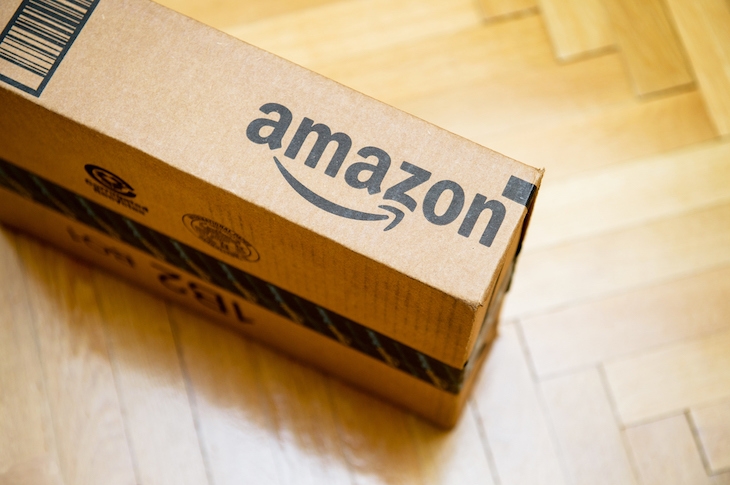Imagine for a moment a parallel universe in which shops had mostly not yet been invented, and that all commerce took place online.
This may seem like a fantastical notion, but it more or less describes rural America 100 years ago. In 1919 the catalogues produced by Sears, Roebuck & Company and Montgomery Ward were, for the 52 per cent of Americans who then lived in rural areas, the principal means of buying anything remotely exotic. In that year, Americans spent over $500 million dollars on mail order purchases, half through the two Chicago companies. Yet in 1925, Sears opened its first bricks and mortar shop. By 1929, the pair had opened a further 800.
So Amazon’s purchase of Whole Foods Market may be history repeating itself. Certainly we Brits have every right to feel smug about it since, by moving into physical retailing, Amazon seems to have spent several hundred billion dollars only to discover that Argos had it right all along.
A physical presence still counts. I could go on endlessly about the psychological factors at play here. But one element is what I call ‘Sutherland’s Law of Bad Maths’. This is the lazy assumption that 1 x 10 is the same as 10 x 1. In pure maths, of course, they are the same: in reality, they very rarely are.
Let me explain. Online shopping is a very good way for ten people to buy one thing. It is not a good way for one person to buy ten things. Try and buy ten different things simultaneously online (as you may do before Christmas) and it all turns chaotic. The various items arrive on four separate days. Vans appear at your house at bizarre hours. And one delivery always fails, requiring you to drive to an industrial estate in Dartford on Christmas Eve, thus wiping out any putative time savings.
The great thing about Walmart, which investors tend to overlook, is that people turn up, buy 47 different things, and then transport them home at their own expense. Amazon can be a very big business selling one thing to 47 people, but if it can’t sell 47 things to one person, there’s a ceiling on how large it can be.
Nearly all mathematical models involving humans make the mistake of assuming that 10 x 1 = 1 x 10.
Our tax system assumes that ten people who earn £70,000 for one year of their life should be taxed in the same way as one person who earns £70,000 for ten consecutive years. Is this right? Yet I have never heard anyone question this. Bad maths again.
Recently I was involved in a discussion of train overcrowding. Again metrics do not distinguish between ten people who have to stand 10 per cent of the time and one person who has to stand 100 per cent of the time. But these aren’t the same at all. If I am an occasional traveller and find myself standing once a month, well, meh. But if I had paid £3,000 for a season ticket and never got a seat, I would justifiably feel robbed.
Reframed this way, the problem becomes easier to solve. Run two trains in each direction every day which are exclusively for season ticket holders. Or give annual season ticket holders the sole right to sit in first class when standard is full (a practice already adopted by those thieving bastards from Bromley South, incidentally).
I should declare a non-interest here. I do not use a season ticket. But I would find both these arrangements perfectly equitable — just as I would expect someone who eats at a restaurant regularly to be offered a better table. Certainly it’s a superior approach than Comrade Grayling’s plan to get rid of first class altogether.







Comments